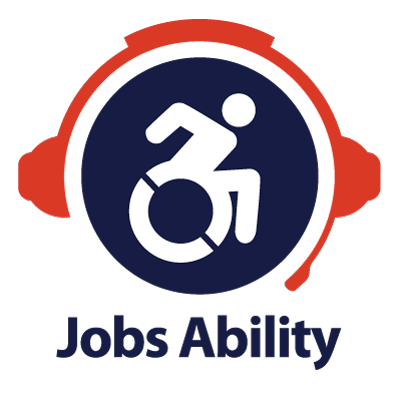Comments from BOCES Students in Watertown
December 20, 2013Duce and Strong – Paralympic Snowboard World Cup Update
February 12, 2014While America is looking at another deep-freeze in our weather, we are starting to see the “spring” of economic opportunity for people with disabilities. But, like the returning polar vortex we should be aware that we could easily fall back into the deep freeze of economic repression without action.
In the State of the Union speech, we will hear talk of economic opportunity for the long-term unemployed. We will listen for the minimum wage increase on federal contracts. All of this will help people with disabilities moving forward. It is proven that people with disabilities are a higher percentage of the long-term unemployed as well as a higher percentage of the underfunded employees. These movements by Pres. Obama and sponsored by Sen. Tom Harkin are wonderful opportunities to support people with disabilities.
This follows up legislation recently for Section 503 of the Rehabilitation Act strengthening hiring outcomes for people with disabilities among federal contractors and subcontractors.
While no one likes mandates, it does take strong leadership and a willingness to change perceptions to be able to seek new outcomes. The president and some congressional leaders are beginning this change. A few Fortune 500 companies in the United States are following by increasing hiring practices and outcomes for people disabilities, and more will follow.
While it’s understood it takes strong leadership, I hope that leadership prevails beyond just tonight’s speech. All too often we have seen strong words, without much follow-up. As part of the follow-up, we should all be sharing stories of how Americans benefit from higher wages and greater opportunities.
Much like the weather this winter 2014, we must beware of what winds will blow in the future. Just because there’s talk today, does not mean this will happen. We must be diligent and letting our representatives know how important these cooperative opportunities are for people with disabilities. We must let our senators and congressmen know this is a great opportunity to advance employment outcomes for people with disabilities.
Democracy for America sees the same pitfall I had according to this New York Times quote:
“This action, while a step forward, suggests he may still be unwilling to take the fighting stance necessary to deliver the big wins over growing inequality that our country desperately needs,” said Jim Dean, chair of Democracy for America, an advocacy group founded by his brother, former Gov. Howard Dean of Vermont.
In a time when funding continues to be cut for disability programs in states, here is an opportunity to show economic growth for people with disabilities. To show your support, let your community leaders stand up for people with disabilities.
